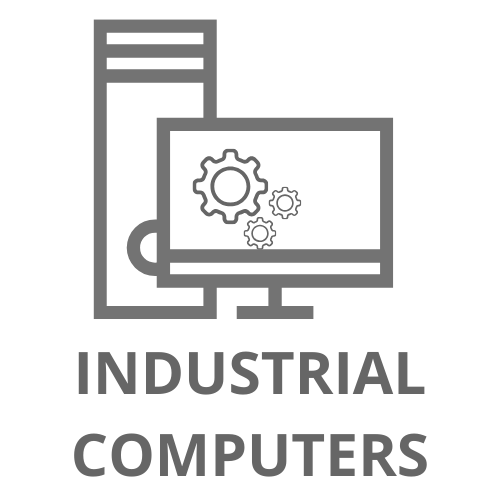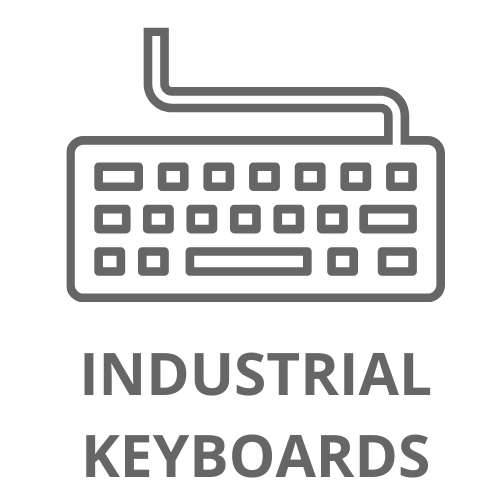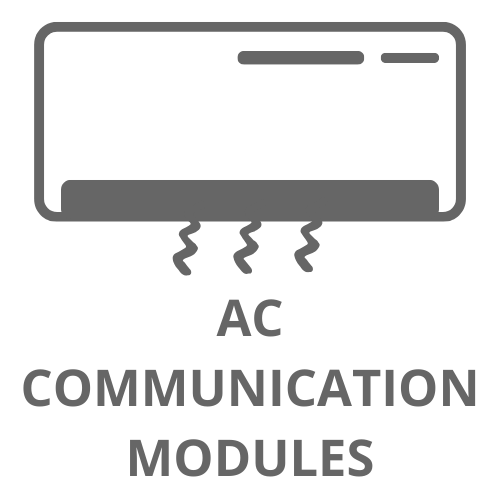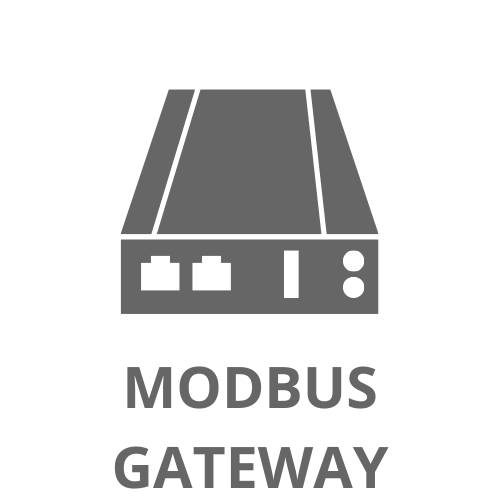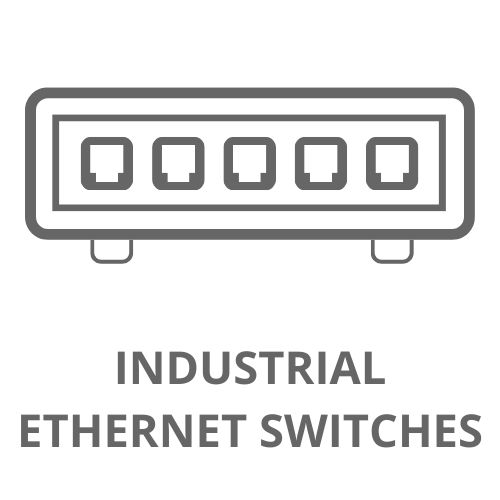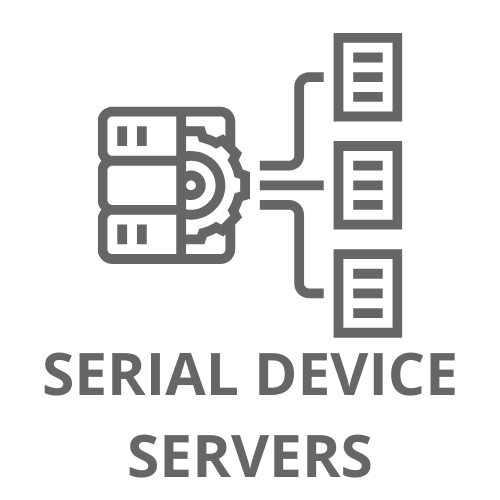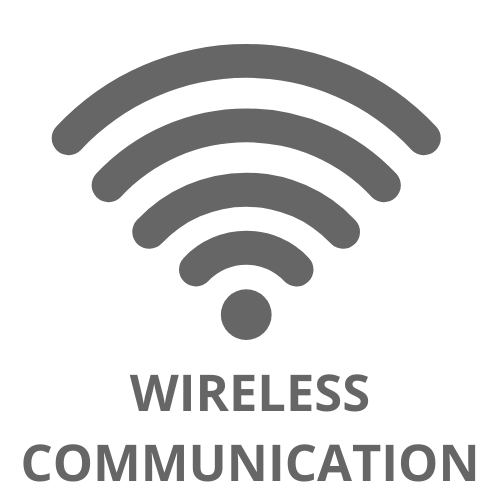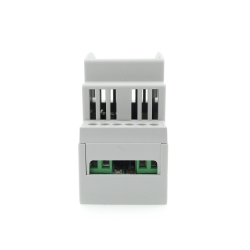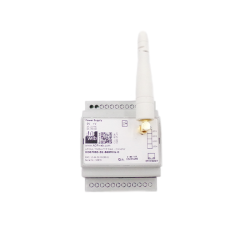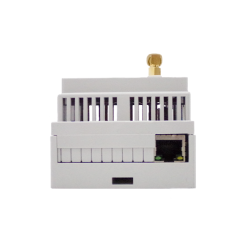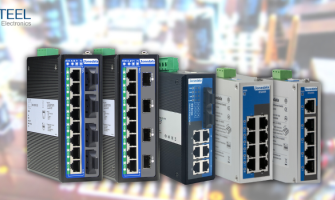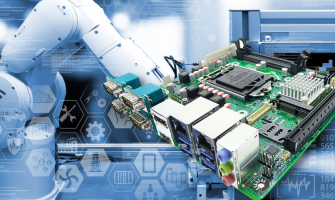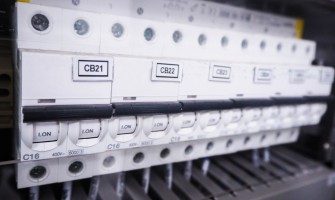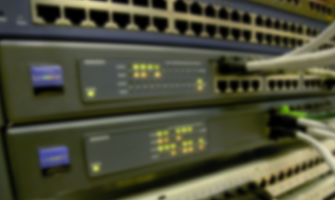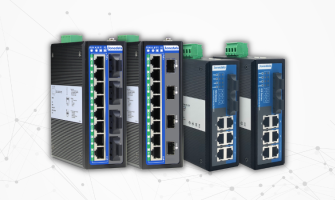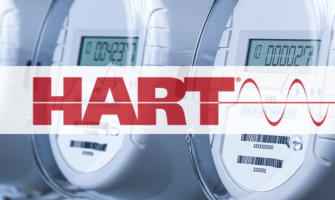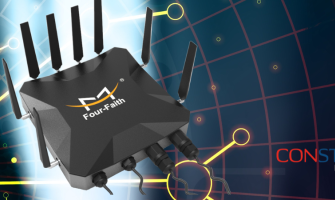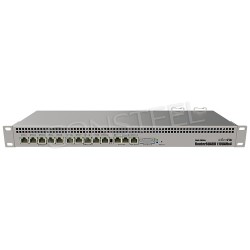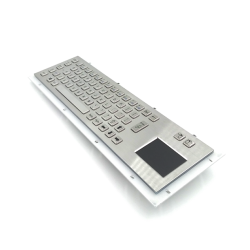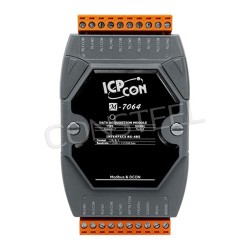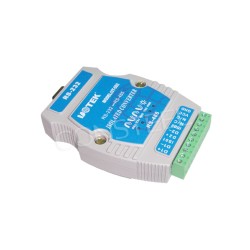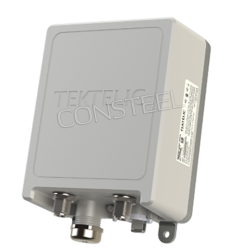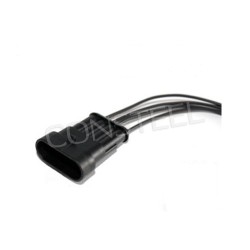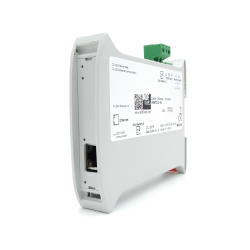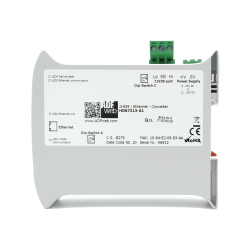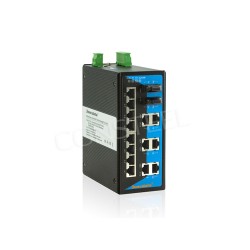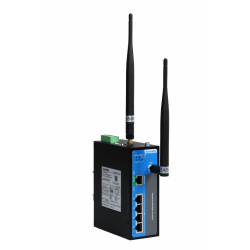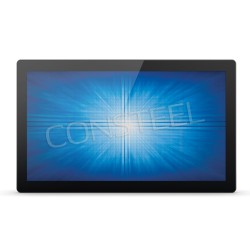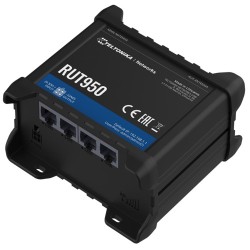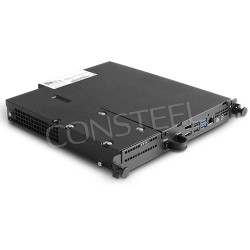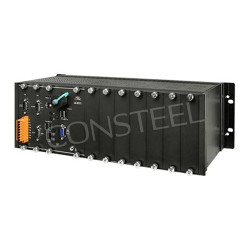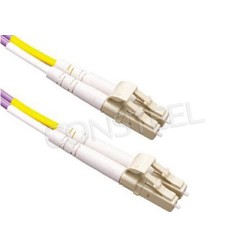M-bus protocol - How to understand it?

The Meter-Bus (M-Bus) protocol is a widely used standard for remote reading of utility meters such as gas and water meters. Developed with a focus on simplicity, reliability and efficiency, M-Bus provides an effective means of communication between utility meters and data collection devices. This is why it is so widely used in the building automation industry and applied to BMS monitoring.

What is M-bus
The M-Bus Protocol was developed in response to the demand for a unified communication method in the utility metering industry. Its primary purpose is to enable remote reading and management of utility consumption data. M-Bus is particularly suited to scenarios where multiple utility meters need to be monitored and where low energy consumption is critical.
physical layer:
M-Bus operates on a two-wire bus system, which allows multiple meters to be connected in parallel. The physical layer is often implemented using twisted-pair cable. This simplicity of wiring is one of the key advantages of the M-Bus protocol.
Communication mode:
M-Bus primarily uses a master-slave communication model. The utility meters act as slaves, while the data collection module or hub acts as the master. The master initiates communication, and slave devices respond accordingly. This structure facilitates organized and controlled data retrieval.
Frame structure:
Communication between the M-bus master and the slave is via well-defined frames. Each frame consists of a series of bytes with specific functions. Standard frame types include:
Control information: Contains detailed information about the frame, such as its length and type.
Address field: Identifies the slave counter to which the frame is addressed.
Data field: Contains current data, such as meter readings.
Checksum: Ensures data integrity by verifying the correctness of the transmitted information.
Data transmission:
M-Bus supports both primary and secondary addressing modes. With primary addressing, each meter is assigned a unique address, allowing the master to communicate directly with a specific meter. Secondary addressing involves addressing meters using their primary address information, which streamlines the communication process.
Cyclic transmission
M-Bus uses the cyclic transmission method. The master periodically polls connected meters for data, ensuring that information is updated regularly. This cyclic operation helps in real-time monitoring of utility consumption.
Power supply:

The hallmark of M-Bus is low power consumption. Most meters connected to the M-Bus network are battery-powered. The protocol is designed to minimize power consumption, allowing meters to operate for longer periods of time without frequent battery changes.
M-Bus variants:
There are different variants of the M-Bus protocol, such as M-Bus mode C and Wireless M-Bus. C-mode extends the capabilities of the M-Bus protocol to support higher data rates, while M-Bus Wireless mode introduces radio communication, providing additional flexibility in deployment scenarios.
The Meter-Bus Protocol has become a key player in utility metering thanks to its simple design and efficient communication model. Its ability to facilitate remote data collection, low-power operation and standardized communications make it the preferred choice for a variety of applications where measurement and monitoring are key.
Understanding the basics of the M-Bus protocol is essential for professionals working in the utility, automation and smart infrastructure fields. As technology continues to evolve, M-Bus remains a reliable and effective solution for managing utility consumption data in a connected world.


